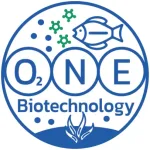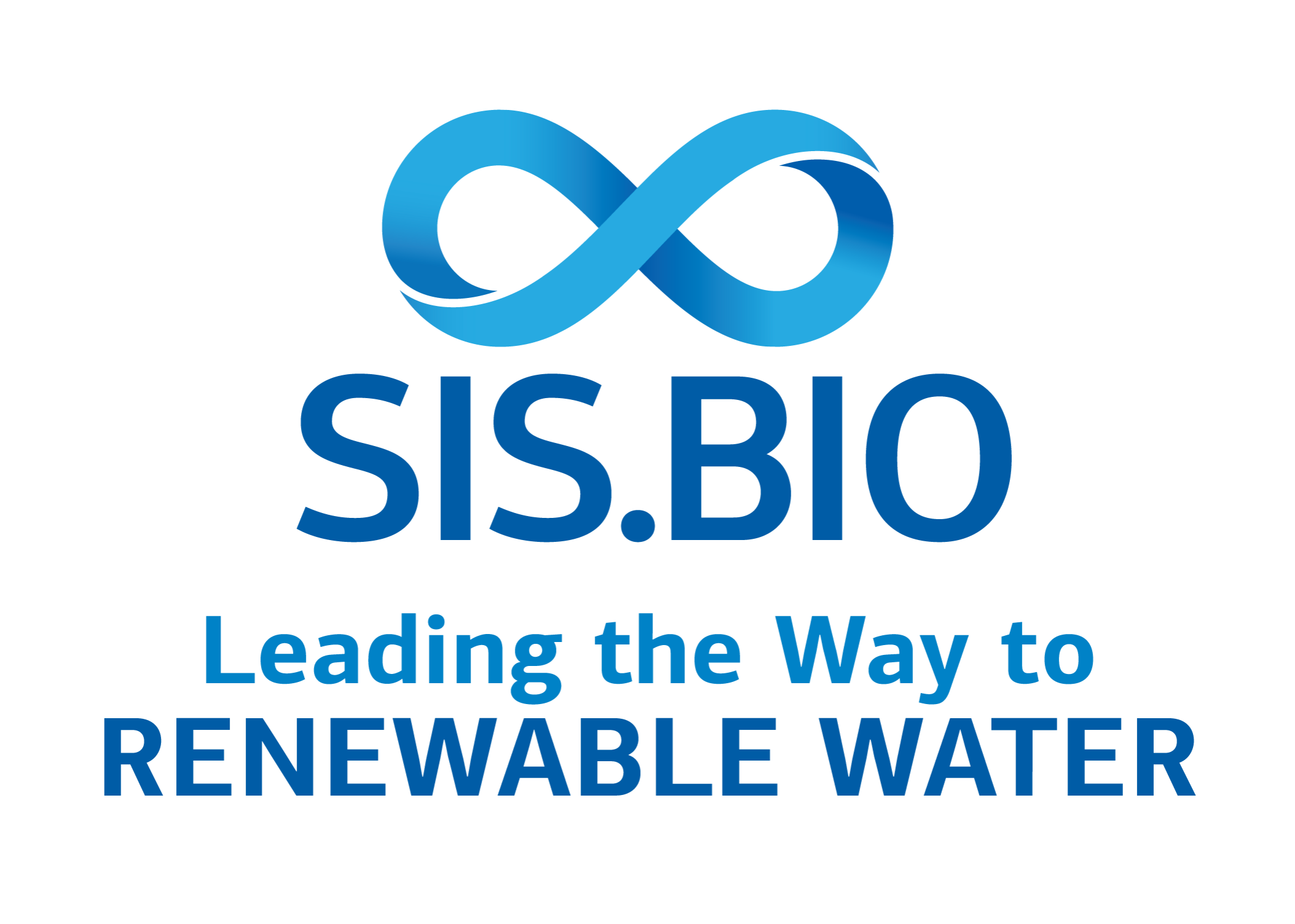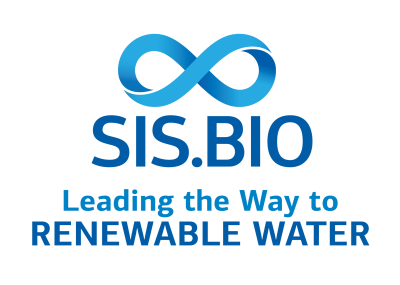WATER CRISIS TO SOLUTION
The 6 videos below explain how Nature has been overwhelmed
and what we must do to restore
RENEWABLE WATER
THE ROAD TO RENEWABLE WATER
ANOTHER WAY
Despite, or perhaps because of, substantial infrastructure investments, the quality of our freshwater resources is rapidly deteriorating worldwide due to systemic failures in how we manage water. High levels of organics, excessive algae, and invasive weeds make water treatment operations more difficult and toxic algae blooms frequently render water untreatable across expanding regions globally.
The inability to ensure water security, and therefore food security, is a key driver of social and political unrest, migration and international tension and disputes.
Without profound, fundamental change, this trajectory will culminate in severe water scarcity and ecological collapse.
There is another way.
BIOLOGICAL WATER

Water can be considered to be of two kinds: “water in the pipes” of our manmade infrastructure and “biological water”. From the moment that water is discharged from “the pipes” into a wastewater treatment plant, to the moment it is drawn into a water treatment plant and pumped into “the pipes” again, it is biological water.
When we take water from rivers, lakes, or reservoirs and treat it in water treatment plants, we remove all the biological components to make it safe for drinking and use in our homes and businesses. This “water in the pipes” has essentially no biological activity.
However, once we’ve used this water it goes down our drains and enters wastewater treatment plants. Here, the water immediately transitions back into what we call “biological water”. In these plants, microbes are used to break down and remove contaminants and nutrients from the water. This process depends on biological activity.
But wastewater treatment plants have limits. Their biology is limited to microbes and the water passes through quite quickly. So, while they can clean the water to a certain degree, they can’t fully replicate the cleaning power of natural water infrastructure.
When the treated water is discharged back into rivers, lakes, and other natural water bodies, a completely different paradigm applies. In these environments, a diverse array of living organisms, from tiny microbes to plants, insects, fish, reptiles, and mammals, all play a role in further cleaning the water. This “biological water” benefits from the full biodiversity of the food web and nature’s water renewal capabilities and capacity.
Furthermore, water stays in this natural water infrastructure for a longer time, allowing for more thorough cleaning before it’s drawn back into water treatment plants to start the cycle again.
So, “biological water” refers to the state of water from the time it enters a wastewater treatment plant all the way through until it’s taken out of the natural water infrastructure again to be purified for drinking and use.
That means that more than 99% of water spends more than 99% of its time as biological water. So if we want to radically change the way we manage water, that is where we should focus our efforts.
Enabling Technology

Since the Industrial Revolution we have developed a lopsided dependence on manmade infrastructure to manage water. The problem is that natural water infrastructure has been degraded to such an extent that it is no longer able to fulfil its role of ensuring Renewable Water. From Florida to Lake Erie, and Johannesburg to Dhaka, the media describes the abundance of unusable water as a “shortage”.
There is no shortage, this is not a water quantity issue, it is a water quality issue.
The root cause of the degradation of the performance of natural water infrastructure is the imbalance between manmade and natural water infrastructure. There are two key aspects to this:
Discharges from wastewater treatment plants contain residual levels of nutrients that are captured in eutrophic water bodies, driving a feedback process that degrades the water body
Food production, both crops and livestock, have the same effect of overloading the watershed with nutrient inputs that drive eutrophication.
We have no choice but to continue to build manmade infrastructure to ensure that water “in the pipes” is keeping up with growing demand. We also have to continue to produce enough food for everyone. So, as well intended as they may be, attempts to achieve significant change cannot be achieved in these areas.
We have to figure out how to get natural infrastructure performing like it always used to, by clearing residual nutrients and renewing water for reuse.
As we watch our natural water infrastructure gradually being degraded from assets to liabilities, there is a growing realization that you cannot “engineer it better”. Natural water infrastructure does not conform to the Newtonian scientific paradigm, which describes the behavior of inanimate objects and spawned the engineering paradigm that enables us to manipulate inanimate objects into compliance with our wishes.
Nature comprises fractally nested complex adaptive systems where feedback, tipping points and action at the margin govern (eco)system behavior.
This creates a new technology imperative: to develop the means to reverse this degradation of natural water infrastructure, and restore and boost its performance, so that balance and alignment of manmade and natural water infrastructure can be achieved.
That technology is Biotechnology, and it must be implemented within a Systems Theory scientific paradigm. SIS.BIO’s ONE Biotechnology is the only proven, scalable, effective way to do this.
LEADING THE WAY
SIS in our name stand for Sustainable Infrastructure Solutions.
BIO stands for the biotechnology that we bring to water resource management to ensure that both manmade infrastructure and natural water infrastructure can become sustainable in the way that they provide solutions for the holistic management of biological water.
Our ONE Biotechnology boosts biological performance and reactivates natural infrastructure that has been degraded by eutrophication, so that it once again becomes an asset in our water resource management portfolio.
In this way, we align and integrate manmade and natural water infrastructure to ensure that a sustainable Renewable Water paradigm once again exists.
Renewable Water is the only way we can process water faster through the water cycle, to restore water quality so that it can be reused more frequently, affordably and widely.

ROADMAPS TO RENEWABLE WATER
Achieving Renewable Water requires a strategic approach that aligns policies, technologies, partnerships, and operational performance towards the common goal of restoring the natural water infrastructure’s ability to renew water quality. Roadmaps to Renewable Water provide a structured framework for the transition to sustainable water management.
These Roadmaps are built upon four key pillars or milestones:
1. New Policy
Establishing policies that prioritize the restoration and integration of natural water infrastructure into our asset portfolios is crucial. This involves setting clear goals and regulations that have as their objective the integration of manmade and natural water infrastructure. Policies should also promote collaboration among stakeholders and incentivize investments in Renewable Water initiatives.
2. New Technology
The technology imperative demands technology that is fit for purpose, such as SIS.BIO’s ONE Biotechnology, essential for reversing the degradation of natural water infrastructure and boosting its performance. By leveraging the power of biology within a Systems Theory scientific paradigm, our ONE Biotechnology effectively reverses eutrophication, restores ecosystem balance, and enhances the water renewal capabilities of natural water infrastructure.
3. New Partnerships
Forging new partnerships among stakeholders, including government agencies, water utilities, agricultural organizations, the private sector, and local communities, is vital for the successful implementation of Renewable Water policies and strategies. Such partnerships foster collaboration across existing silos, knowledge sharing, and the alignment of interests towards the common goal of sustainable water management. They also better cater for the involvement of the private sector in water resource management, which is a growing trend in emerging economies.
4. New Operational Models and Performance Metrics
Developing new operational models and performance metrics that capture the full value of natural water infrastructure and its contribution to Renewable Water is essential. Wastewater treatment, reservoir management, and potable water production typically operate in completely different silos. Managing biological water holistically goes beyond traditional monitoring of water quality in each silo to include monitoring and managing the natural water infrastructure that currently sits ignored, outside of these silos. By incorporating these metrics into decision-making processes and operational models, the performance of both manmade and natural water infrastructure, can be aligned and optimized to ensure sustainable Renewable Water.
Roadmaps to Renewable Water provide a comprehensive framework for navigating the complex challenges of water resource management and ensuring sustainable water security into the future.
We work with a variety of key players leading the redefinition of Integrated Water Resource Management around the world. Although ONE Biotechnology can provide rapid tactical solutions to immediate operational problems, SIS.BIO engages with strategic leaders who carry responsibility for the next generation’s water security, including government agencies, consultants focused on water resource management policy, innovative PPP models, project origination and finance, and outsourced operations companies.
Together our common purpose is to broaden the scope and sharpen the relevance of new policies, strategies and initiatives aimed at embarking down the Road to Renewable Water.


